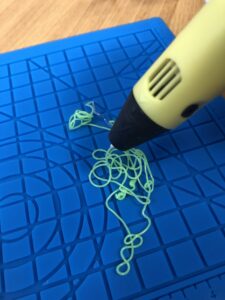Lithium ion (Li-ion) batteries play an important role in everyday life and there is a huge amount of research that goes into developing new materials and processes to manufacture batteries and also how they are recycled.
This resource looks at different areas of the life cycle of a battery with hands on activities to investigate how they work, working out preparations for additive manufacturing and how batteries are recycled.
1) Videos
How batteries work
Processing 
- Additive manufacturing video: https://youtu.be/Zwgu6LHFWfg
- An overview of additive manufacturing including how it is used in biomedical applications and for making battery electrodes
- Li-ion battery recycling: https://youtu.be/aR0Cijl2AQM
- An overview of how research into battery recycling is carried out at the University of Birmingham.
Fluids
2) Activities and resources
- CoCoElectro bag (resource workbook about materials science and energy): CoCoElectro Bag – Discover Materials
- This is a free booklet of activities that explores different aspects of energy storage and generation.
3) Curriculum Links
- Science (KS3) – Electricity and Electromagnetism
- Physics (KS4) – Electricity
- Design and Technology (KS4)- 3D printing (New and Emerging Technologies)
3) Upcoming…..
Activities (supporting information and worksheets in progress)
- Carrot Battery – did you know that different fruit an veg can be made into batteries?
- 3D printing electrodes – 3D printing can be used to make custom shapes of electrodes?
- What can be 3D printed – extrusion is the method of squeezing material through a shape.
4) Lesson plan and slides